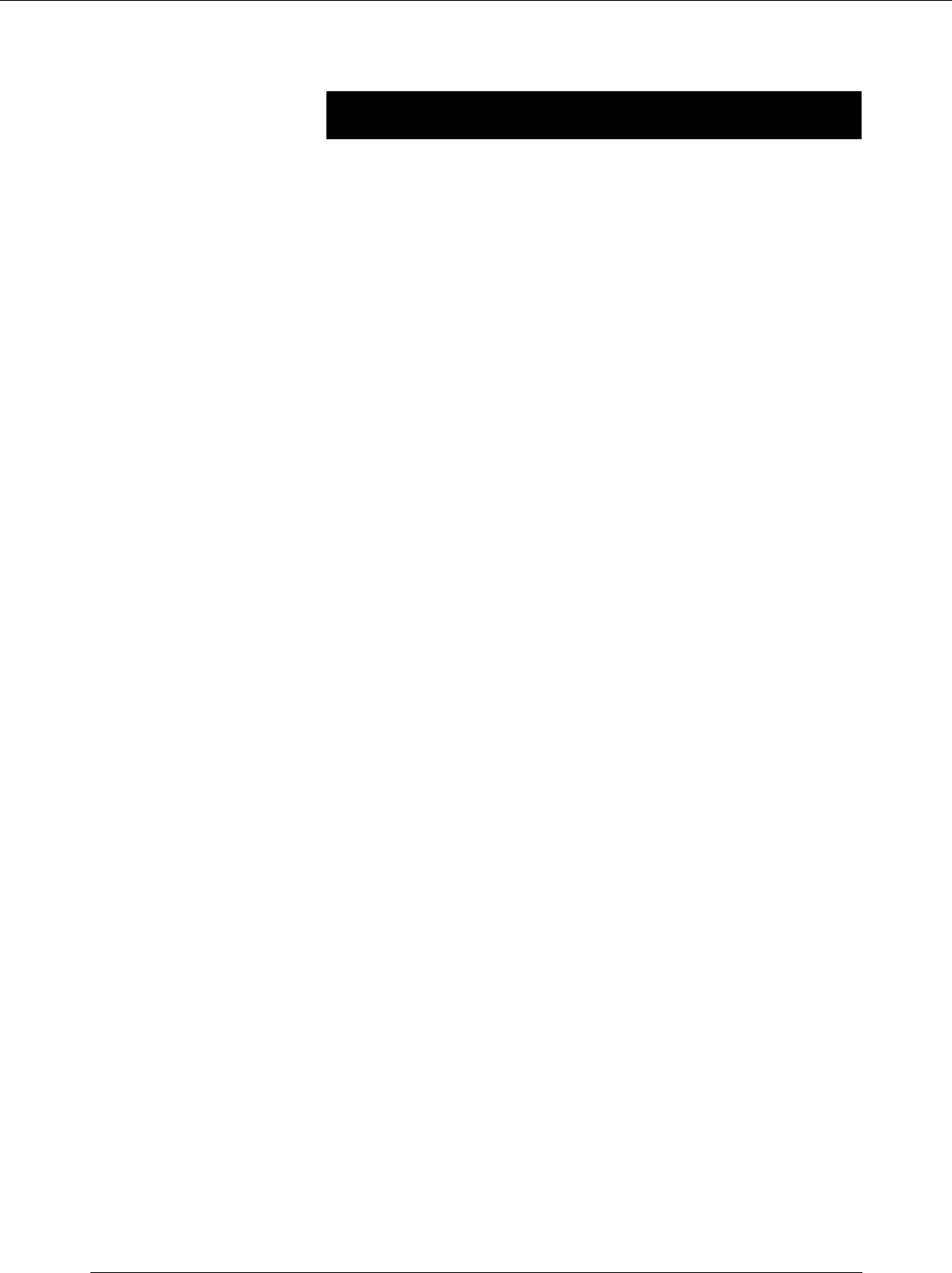
Circuit Description
INTRODUCTION.
The CPS2000 power supply provides +/-17V at 16 Amps, +8V at 1.25 Amp, and +48V
at 0.3 Amp. The main PCB (SC3804) is in LH and RH halves. The LH PCB carries
the +17V and +48V supplies. The RH PCB carries the -17V and +8V supplies. A
separate PCB (SC3817) carries the mains voltage selector switches at the front of the
unit.
THE +/- 17V RAILS. SC3804
This consists of two identical +17V supplies connected together to give +/-17V.
Each 17V supply is a linear regulator with conventional fullwave rectification and a
large (100,000uF) reservoir capacitor. This is combined with a second power supply
that powers the driver transistors, the cooling fan, and the digital mains meter. The
main series pass elements are 250W discrete bipolar transistors connected in parallel
with suitable current-sharing precautions and mounted on a fan-cooled heatsink. The
voltage reference and servo control amplifier is provided by a 723 regulator IC. The
circuitry of the +17V regulator is described in detail below:
The +17V Supply. (LH PCB)
The transformer secondary is fused by means of 32 Amp Safeclip (BS88) fuses
mounted in holders on the floor of the chassis. They are NOT intended for customer
replacement. A spare fuse will be provided, but it is stressed that these fuses will only
blow in the event of catastrophic failure, such as a major short in the wiring or a failed
bridge rectifier.
The fullwave bridge rectifier is mounted on the heatsink, at the hottest end as it is the
most heat-tolerant of the semiconductors. The reservoir capacitors are mounted by
clips on the floor of the chassis. For safety reasons, the reservoir capacitor is
discharged by bleeder resistor R9 at switchoff; this takes about 30 seconds. A red
warning LED on the PCB is on whenever the capacitor is charged. The unregulated
DC is approx +26 to +29V.
The 723 IC contains a 7.15V nominal Zener diode, defining the voltage that appears
at Pin 6. Zener references generate appreciable noise, and this, plus any ripple, is
filtered out by R10,C10. R10 is in series with the positive input of the servo opamp
(Pin 5) and is made roughly equal in resistance to the feedback divider R16,17 etc to
minimise bias-current offsets.
The feedback divider R16,17,18 & PR1 derives a fraction of the output voltage and
delivers it to the negative input of the servo opamp. (Pin 4) The negative feedback
keeps this point also at 17.15V, so the actual output voltage is determined by the
feedback divider ratio, which is trimmed over a narrow range by PR3.
The output of the servo opamp controls the output through TR8, which is an emitter
follower driving the parallel pass devices TR4,5,6. R41 is included for diagnostic
purposes, so that the current being supplied by the 723 (only a few mA) can be
measured. The power supply to TR8 is taken from the +12V supply. This has its 0V
side connected to the positive unregulated DC supply of 26 - 29V, (at nominal mains)
giving a total voltage of approx 38 - 41V for the driver; this also powers the 723 IC.
This subrail markedly reduces the minimum drop across the pass elements and
therefore increases the efficiency.
16 Circuit Description


















